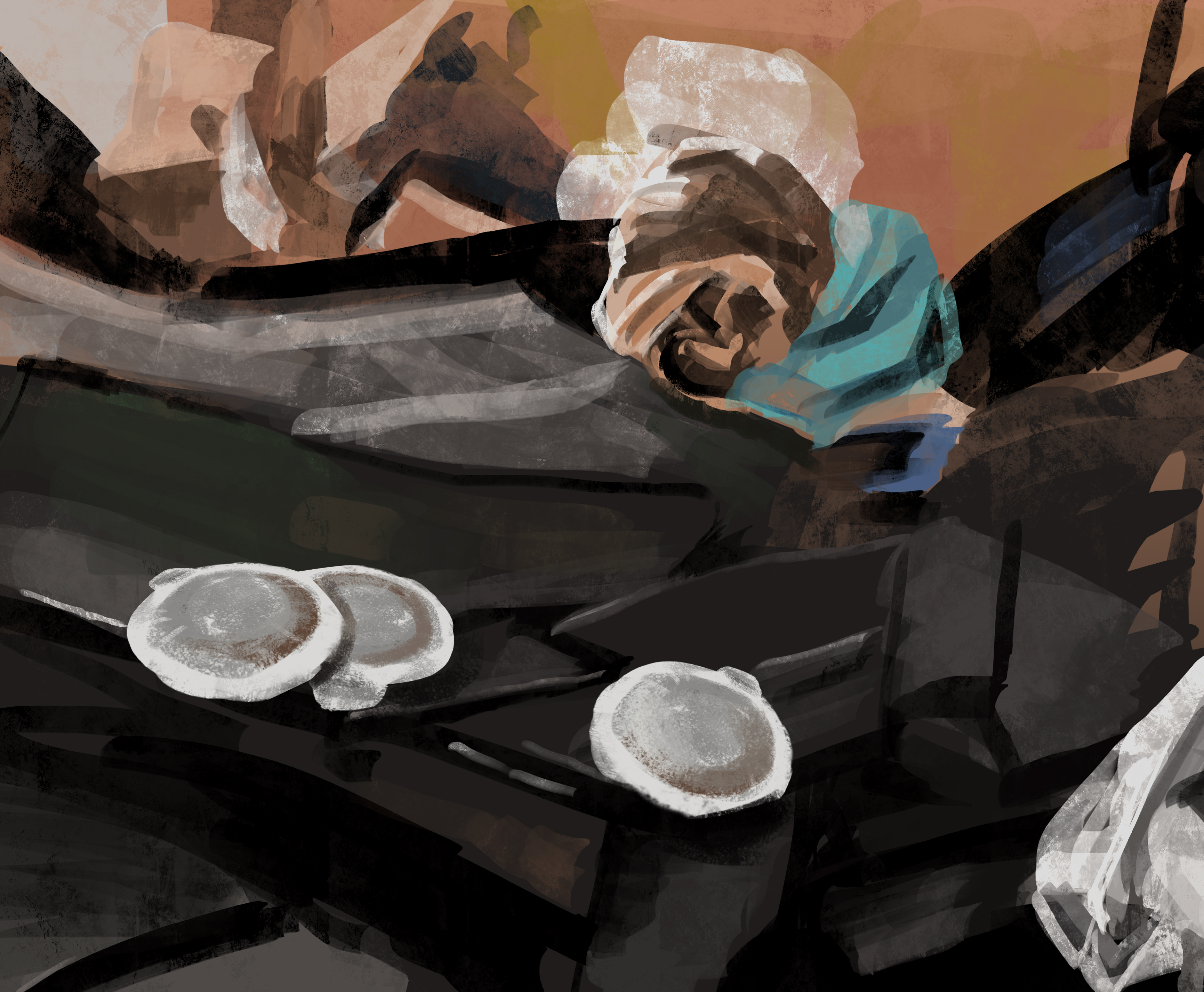
At times, I find that coffee is the only reason I manage to make it to that 8:30 a.m. class. Every day, people around the world brew themselves a cup to de-stress, or to lift their spirits. This is why we need to wake up to the damage being done by the latest brewing trend: single-serve coffee pods.
In the past few years the big names in the coffee industry — Keurig, Starbucks, Nestle and others — have invested in this new coffee technology. Many of us have seen or used coffee pods at some point, but have never considered what happens to those plastic cups after making ourselves a fresh brew.
Around 95 per cent of all coffee pods are made of composite plastics, meaning they’re not easy to recycle. The amount of pods that are recycled is difficult to measure, but according to microbiologist Thomas Clark, the chances that many pods make it to a depot are slim.
While companies such as Keurig have promised to develop more sustainable options, the amount of waste being produced in the meantime is shocking. According to journalist Murray Carpenter, last year alone Keurig sold enough of these pods to wrap around the equator more than 10 times.
Last year Keurig sold enough coffee-pods to wrap around the equator more than 10 times.
After a single use, the pods reach the end of their life and are thrown out only to sit in landfills. This is especially problematic, as plastic is not biodegradable the same way drip-brew filters are. Plastic photodegrades over time, meaning it breaks down into smaller bits and eventually finds its way into our ecosystems.
In recent years we’ve seen a push to reduce plastic bags as well as disposable coffee cups, yet these inherently wasteful pods have not been criticized nearly to the same extent. In order to work towards a cleaner environment, we must move away from this kind of destructive plastic.
As if the environmental impact isn’t enough, it is also important to note that the plastic used to create the pods is potentially dangerous to our immediate health. While the United States’ Food and Drug Administration greenlighted this product, recent research suggests that even non-BPA plastics can test positive for synthetic estrogenic activity.
Moreover, Keurig could not confirm or deny the presence of polystyrene in their pods — a chemical known to cause damage to the nervous system. This means that our bodies could be absorbing these chemicals without our knowledge.
Sales for coffee pod machines are at an all-time high; Keurig shattered all previous records by raking in an impressive $1.62 billion in gross income last year. Green Mountain Coffee Roasters cites ‘convenience’ as a leading factor in the success of these single-brew coffee pods. But the immediate personal convenience should not outweigh the long-lasting environmental and health impacts of these cups.
A simple solution to this growing issue would be to move away from this coffee fad, and back towards traditional brewing methods such as drip brew machines or French presses. I encourage all of you to think twice before investing in the coffee pod craze.

Seriously? On the scale of “Reduce, Reuse, Recycle”, you think that Recycling is the be-all, end-all savior of the world?
So all the additional materials extraction, materials processing, processing energy, processing by-products, product packaging, and shipping weight with each and every coffee pod serving just vanishes into thin air when you wave the “recycling” magic wand? Really: this is how you think environmentalism works?
How about instead of looking only at the waste end, try looking at the production and supply end.
“A simple solution to this growing issue would be to move away from this coffee fad” The article doesn’t say that recycling will solve everything, but rather ending our relationship with coffee pods altogether would be the best way to tackle the issue. Not buying coffee pods would also address problems involving the production, material extraction… ect because a company would not make or invest in a product with no demand.
Hi Tamara, thanks for sharing your thoughts on waste generated by single-serve coffee pods! I’ve seen some reusable coffee pods on the market. Have you had any experience using the reusable pods?
I have a similar pet peeve: disposable coffee cups! Believe it or not, more than 98% of drinks sold at Starbucks are served in paper cups. I manage a waste reduction program, Kill the Cup, that targets the reduction of disposable cup waste. Our social media-inspired campaigns offer incentives to users for sharing photos with their reusable coffee mugs.
Are you interested in pursuing any programs to deal with single-use coffee pods? I’d be more than happy to discuss further with you. Thanks again for your article.